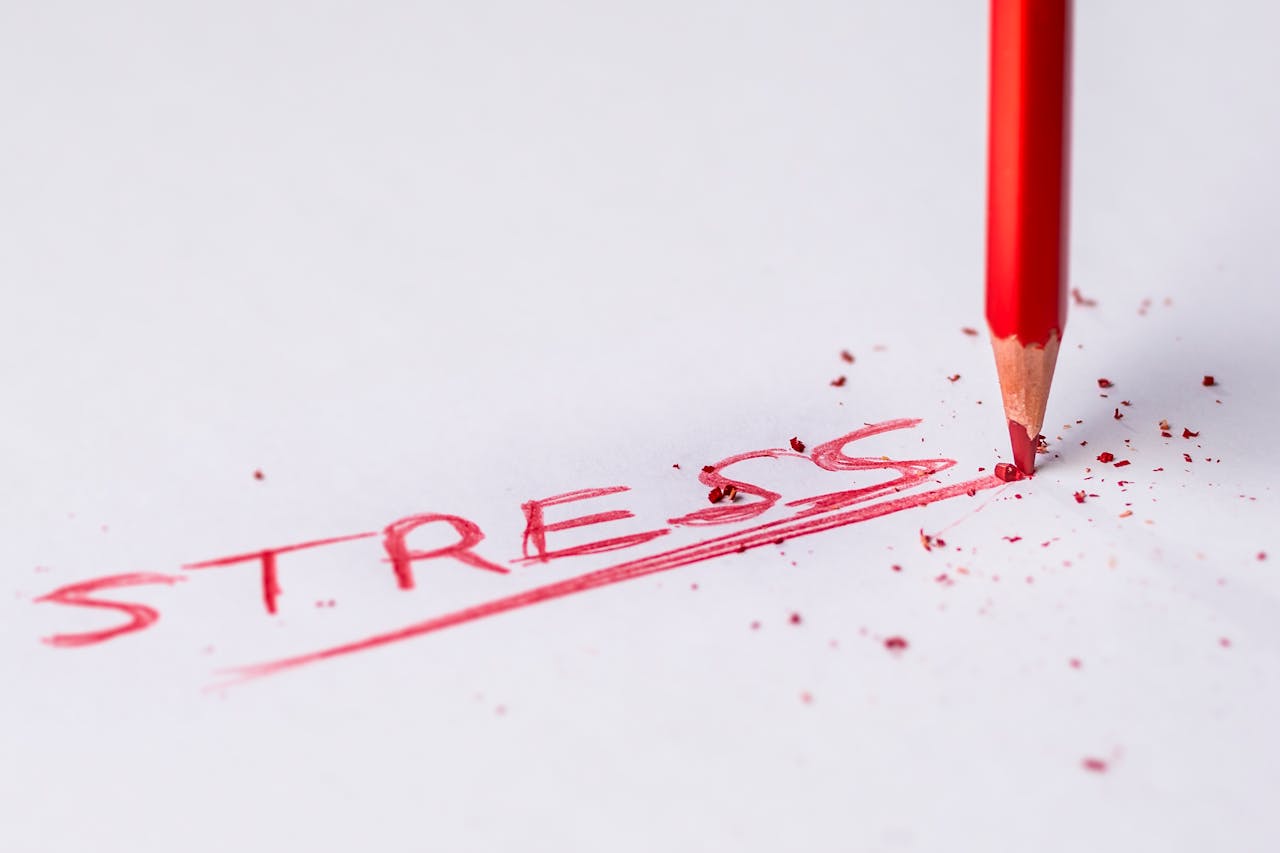-
Table of Contents
. Take control of your heart health. Manage your cholesterol.
Introduction
High cholesterol is a common condition that can increase your risk of heart disease. It occurs when there is too much cholesterol in your blood. Cholesterol is a fatty substance that is essential for many bodily functions, but high levels can build up in your arteries, forming plaque that narrows and hardens them. This can lead to a variety of health problems, including heart attack, stroke, and peripheral artery disease. Managing high cholesterol is crucial for maintaining good health and reducing your risk of these serious complications.
Lowering LDL Cholesterol Through Diet
High cholesterol is a common health concern that can significantly increase your risk of heart disease. While medication can be an effective tool in managing cholesterol levels, making dietary changes is often the first line of defense. LDL cholesterol, often referred to as “bad” cholesterol, is the type that builds up in your arteries, forming plaque and increasing the risk of blockages. Fortunately, there are many delicious and satisfying foods you can incorporate into your diet to help lower LDL cholesterol and improve your overall heart health.
One of the most impactful dietary changes you can make is to reduce your intake of saturated and trans fats. These unhealthy fats are commonly found in processed foods, fried foods, and fatty meats. Opting for lean protein sources like poultry without skin, fish, beans, and lentils can significantly lower your LDL cholesterol. Additionally, choosing low-fat dairy products over full-fat options can make a noticeable difference.
Another crucial aspect of lowering LDL cholesterol is increasing your consumption of soluble fiber. This type of fiber binds to cholesterol in your digestive system, preventing its absorption into the bloodstream. Excellent sources of soluble fiber include oats, barley, beans, lentils, apples, pears, and citrus fruits. Incorporating these foods into your daily meals can help naturally lower your LDL cholesterol levels.
Furthermore, incorporating heart-healthy fats into your diet can be beneficial. Unsaturated fats, found in foods like avocados, nuts, seeds, and olive oil, can actually help raise your HDL cholesterol, the “good” cholesterol, which helps remove LDL cholesterol from your arteries.
Don’t underestimate the power of plant sterols and stanols. These compounds, found naturally in some plants or added to fortified foods like margarine and yogurt, can block the absorption of cholesterol in your gut. Adding these to your diet can be an effective way to further reduce your LDL cholesterol levels.
Finally, remember that making gradual and sustainable changes to your diet is key to long-term success. Start by incorporating one or two of these recommendations into your daily routine and gradually build from there.
It’s also important to consult with your doctor or a registered dietitian to create a personalized plan that meets your individual needs and health goals. They can provide guidance on appropriate portion sizes, food choices, and any necessary lifestyle modifications. By making conscious dietary choices and adopting a heart-healthy lifestyle, you can effectively manage your cholesterol levels and reduce your risk of heart disease.
Exercise and Cholesterol Control
High cholesterol is a common health concern that can significantly increase your risk of heart disease. While medication plays a crucial role in managing cholesterol levels, incorporating regular exercise into your routine can be a powerful complementary strategy. Exercise offers a multitude of benefits for your overall health, and its positive impact on cholesterol is undeniable.
Firstly, exercise helps increase your “good” cholesterol, known as high-density lipoprotein (HDL). HDL cholesterol acts like a scavenger, picking up excess cholesterol from your arteries and transporting it back to your liver for processing and removal. By boosting HDL levels, exercise effectively reduces the amount of cholesterol circulating in your bloodstream, lowering your risk of plaque buildup and artery hardening.
Furthermore, exercise can help lower your “bad” cholesterol, or low-density lipoprotein (LDL) cholesterol. LDL cholesterol contributes to the formation of plaque in your arteries, increasing the likelihood of heart disease. While exercise may not drastically reduce LDL levels, it can still make a noticeable difference, especially when combined with a healthy diet and other lifestyle modifications.
The type of exercise you choose matters. Aerobic exercises, such as brisk walking, jogging, swimming, or cycling, are particularly effective for improving cholesterol levels. These activities elevate your heart rate and breathing, forcing your body to work harder and burn calories. This increased activity helps improve blood flow and promotes the production of HDL cholesterol.
Aim for at least 30 minutes of moderate-intensity aerobic exercise most days of the week. You can break this down into shorter sessions if needed, such as three 10-minute walks throughout the day. As you become more fit, you can gradually increase the duration and intensity of your workouts.
In addition to aerobic exercise, incorporating strength training into your routine can also benefit cholesterol levels. Strength training exercises, such as lifting weights or using resistance bands, help build muscle mass. Muscle tissue is more metabolically active than fat tissue, meaning it burns more calories even at rest. This increased calorie expenditure can contribute to weight management, which in turn can positively impact cholesterol levels.
Remember, managing high cholesterol is a multifaceted approach that involves lifestyle changes, medication, and regular monitoring. Exercise is a valuable tool in this journey, offering a natural and sustainable way to improve your cholesterol profile and reduce your risk of heart disease. Consult with your doctor to determine the best exercise plan for your individual needs and health status.
Understanding Cholesterol Medications
Managing high cholesterol is a crucial aspect of maintaining overall cardiovascular health. While lifestyle modifications like diet and exercise play a vital role, sometimes medication is necessary to effectively lower cholesterol levels. Understanding cholesterol medications is essential for individuals who require them to make informed decisions about their treatment plan.
Cholesterol medications, also known as lipid-lowering drugs, work by targeting different aspects of cholesterol production and absorption in the body. Statins, the most commonly prescribed type, inhibit an enzyme called HMG-CoA reductase, which is essential for the liver’s production of cholesterol. By reducing cholesterol synthesis, statins effectively lower both LDL cholesterol, the “bad” cholesterol, and triglycerides.
Another class of medications, called bile acid sequestrants, bind to bile acids in the intestines, preventing their reabsorption. This forces the liver to use more cholesterol to produce new bile acids, thereby lowering LDL cholesterol levels. Furthermore, niacin, a B vitamin, can be used to lower LDL cholesterol and raise HDL cholesterol, the “good” cholesterol. However, niacin can cause side effects like flushing and liver problems, so it’s often used in combination with other medications.
PCSK9 inhibitors are a newer class of cholesterol medications that work by blocking a protein called PCSK9, which regulates LDL receptors on liver cells. By inhibiting PCSK9, these medications increase the number of LDL receptors, allowing the liver to remove more LDL cholesterol from the bloodstream.
Choosing the right cholesterol medication depends on several factors, including the individual’s cholesterol levels, overall health, and potential side effects. It’s crucial to consult with a healthcare professional to determine the most appropriate medication and dosage. They will consider your medical history, current medications, and lifestyle factors to create a personalized treatment plan.
While cholesterol medications can be highly effective in lowering cholesterol levels, they are not a substitute for lifestyle changes. Maintaining a healthy diet low in saturated and trans fats, engaging in regular physical activity, and managing weight are essential components of cholesterol management.
Moreover, it’s important to monitor cholesterol levels regularly, even while taking medication, to ensure they are within a healthy range. This may involve blood tests conducted by your healthcare provider. By combining medication with lifestyle modifications and regular monitoring, individuals can effectively manage their cholesterol levels and reduce their risk of cardiovascular disease.
Q&A
**Question 1:** What are some lifestyle changes that can help manage high cholesterol?
**Answer:** Eating a heart-healthy diet, exercising regularly, maintaining a healthy weight, and quitting smoking.
**Question 2:** What are some medications used to treat high cholesterol?
**Answer:** Statins, bile acid sequestrants, cholesterol absorption inhibitors, fibrates, and PCSK9 inhibitors.
**Question 3:** What are the risks associated with high cholesterol?
**Answer:** Increased risk of heart disease, stroke, and other cardiovascular problems.
Conclusion
Managing high cholesterol requires a multifaceted approach that includes lifestyle modifications, such as a heart-healthy diet, regular exercise, and weight management, as well as medication when necessary. Early detection and intervention are crucial to prevent cardiovascular complications. By adopting healthy habits and working closely with healthcare professionals, individuals can effectively lower their cholesterol levels and reduce their risk of heart disease.



